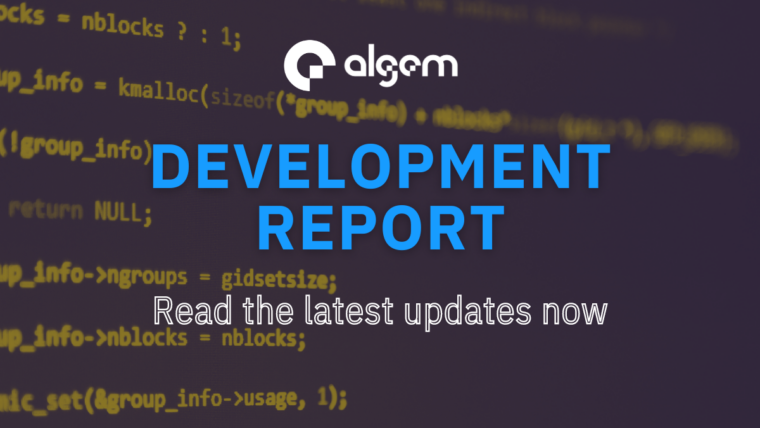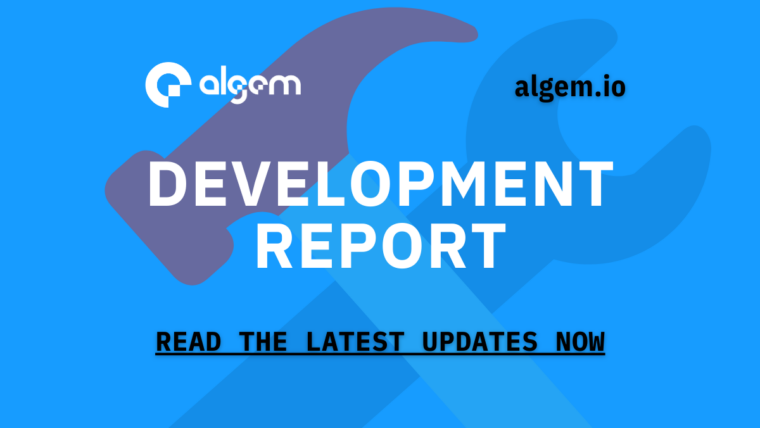If you’re not familiar with Polkadot, it’s a ground breaking blockchain infrastructure that utilizes a unique design and concept of “parachains” to enable seamless communication and trading of assets and data between diverse blockchains.
With its innovative governance system, customizability, and energy-efficient Proof of Stake backbone, Polkadot represents a paradigm shift in the blockchain industry.
In this article we’ll examine what sets Polkadot and its Parachains apart.
Polkadot finds its strength in unique design and the novel notion of “parachains.”
Parachains are independent blockchains and link to the central relay of Polkadot … each drawing from the shared security and trustless cooperation with other parachain networks.
The relationship between the independent chains and the central relay of Polkadot is like individual threads weaving together to create a strong and intricate tapestry, with each thread drawing from the shared security and trustless cooperation of the others.
Built into the very core of the chain, rather than added as afterthoughts, this distinction sets Polkadot and its parachains apart… The paradigm shifts, and we see a new vision for blockchain infrastructure.
The Proof of Stake (POS) backbone of the blockchain is like a sturdy foundation that ensures the security and decentralization of the network, with tokens staked to validators acting as the pillars that support it. This system is a swift and eco-friendly alternative to the Proof of Work (POW) used by the likes of Bitcoin, which is like a clunky and energy-intensive machine that requires constant fuel to keep running.
Polkadot offers modularity and customization.
Polkadot’s modularity and customization capabilities make it a standout blockchain infrastructure. Modularity refers to the ability to create specialized, independent blockchains—parachains—each with its own set of features and capabilities, that can interoperate and communicate with one another through the Polkadot relay chain.
This modularity allows developers to create and deploy specialized blockchains for specific use cases, such as supply chain management, decentralized finance, and gaming, among others.
Customization, on the other hand, refers to the ability of developers to customize the functionality of their parachains and the Polkadot network as a whole. This customization is made possible through the use of Polkadot’s advanced governance system, which allows token holders to vote on network upgrades and changes. This means that the Polkadot network can evolve and adapt to the changing needs of its users, without requiring hard forks or network disruptions.
Together, Polkadot’s modularity and customization capabilities offer unparalleled flexibility and adaptability in the blockchain space. They allow developers to create bespoke blockchains and applications that can interact seamlessly with other blockchains and applications in the Polkadot ecosystem, unlocking new possibilities for innovation and collaboration.
In terms of voting and governance…
Users vote to upgrade without forking, changes enacted as needed. The governance system is a marvel, token holders voting on proposals, shaping the network’s direction and treasury use. Parachains (i.e., Astar Network) follow suit, with their token holders guiding governance.
How do projects become Parachains?
Projects vying for Polkadot parachain status face candle auctions, competing for slots. DOT tokens, locked on-chain, remain untouched for the lease term (2 years). At its end, tokens return to the crowd loaners. Projects either fund themselves or seek community aid, rewarding crowd loaners with native tokens.
Parachain Networks
The 42nd auction unfolds, and Polkadot’s network holds numerous parachains, among them Astar Network, Acala, Moonbeam, Bifrost, Interlay, Equilibrium finance, Unique Network, and more. Each offers services ranging from DeFi to NFTs, gaming, and beyond…
Let us examine some of the more notable parachains.
Astar Network
Innovative and smart, Astar Network is built on Polkadot, supporting Ethereum virtual machine (EVM) and WebAssembly (WASM). Developers craft decentralized applications, and Astar bridges EVM and WASM through a cross-virtual machine (XVM).
A successful crowd loan campaign in January 2022 saw Astar amass 10.3 million DOT tokens from 21,720 backers.
Minimal fees, 1000 transactions per second, and a growing ecosystem of decentralized applications have propelled Astar’s growth.
Partnerships with Microsoft, NTT Docomo, Toyota, and Sony bolster its Japanese roots.
Astar’s dApp staking rewards developers, and exciting projects abound, including Algem, Arthswap, and Astar Degens.
Moonbeam
An Ethereum-compatible smart contract parachain, Moonbeam provides Ethereum compatibility within a Polkadot environment. Developers can leverage Polkadot’s features while using Ethereum-based smart contracts. Stellar projects on Moonbeam include Stellaswap, Moonwell, and Miso.
Bifrost
Bifrost Finance delivers cross-chain liquidity on staked assets. Users receive derivatives for bonded periods, which can be used for yield or liquidity. Present on both Polkadot and Kusama, Bifrost employs XCM to offer cross-chain liquidity services, eliminating the opportunity costs of staking and crowdloaning tokens during long unbonding periods. Users receive vTokens through Bifrost’s liquid staking service or vsTokens through SALP services, which can be converted or used for yield-earning opportunities.
Acala
Acala is an Ethereum-compatible smart contract platform that serves as Polkadot’s liquidity hub, offering decentralized finance (DeFi) services. Its infrastructure features a stablecoin network and liquidity staking platform, with over $230 million in total value locked (TVL). Users can swap tokens, liquid stake their DOT, and explore other yield-earning opportunities.
Equilibrium Finance
Equilibrium Finance is a comprehensive DeFi platform on Polkadot that provides services like lending, borrowing, trading, insuring assets, and earning passive income. After winning the 12th parachain slot on Polkadot with 625,505 DOT crowdloaned by the Equilibrium community, it launched with over $199,000 in TVL.
Unique Network
The Unique Network is a blockchain parachain where users can create NFT dApps, marketplaces, minting solutions, games, and launchpads. It serves as the foundation for Polkadot NFT Standards and is also EVM Compatible.
Other Notable Parachains
Additional parachains on the Polkadot network include HydraDX, Pendulum, Peaq, Invarch, and more. Each parachain contributes unique features and functionality to the Polkadot ecosystem, showcasing its flexibility and versatility.
Closing Thoughts On Polkadot Parachains
With operational parachains and numerous projects in development, Polkadot is positioned to become one of the most vital and valuable blockchain ecosystems. These diverse parachains highlight Polkadot’s ability to accommodate a wide range of services and industries, from DeFi and NFTs to gaming and more. As the network continues to expand and new projects emerge, Polkadot’s potential to revolutionize the blockchain space becomes increasingly apparent. This growth demonstrates the strength of its unique approach to blockchain infrastructure and the promise of a more interconnected and efficient future for the world of decentralized technology.
About Algem
Algem is a decentralized application built on the Astar Network and offers two main features: liquid staking and liquid lending. As their names suggest, these two options let ASTR holders keep their assets liquid while putting them to work. Also, the liquid staking and lending solutions let users use Algem’s liquid nASTR tokens across Astar’s Defi ecosystem to earn staking rewards and make more money. In doing so, Algem supports other Defi protocols by providing liquidity and creating a sustainable and cooperative ecosystem on the Astar Network and Polkadot.








How we had been making Algemantis Nautilus Pass NFT
Everything You Need To Know About Liquid Staking On Astar Network
Partnership with Sirius Finance
Introduction in Algem